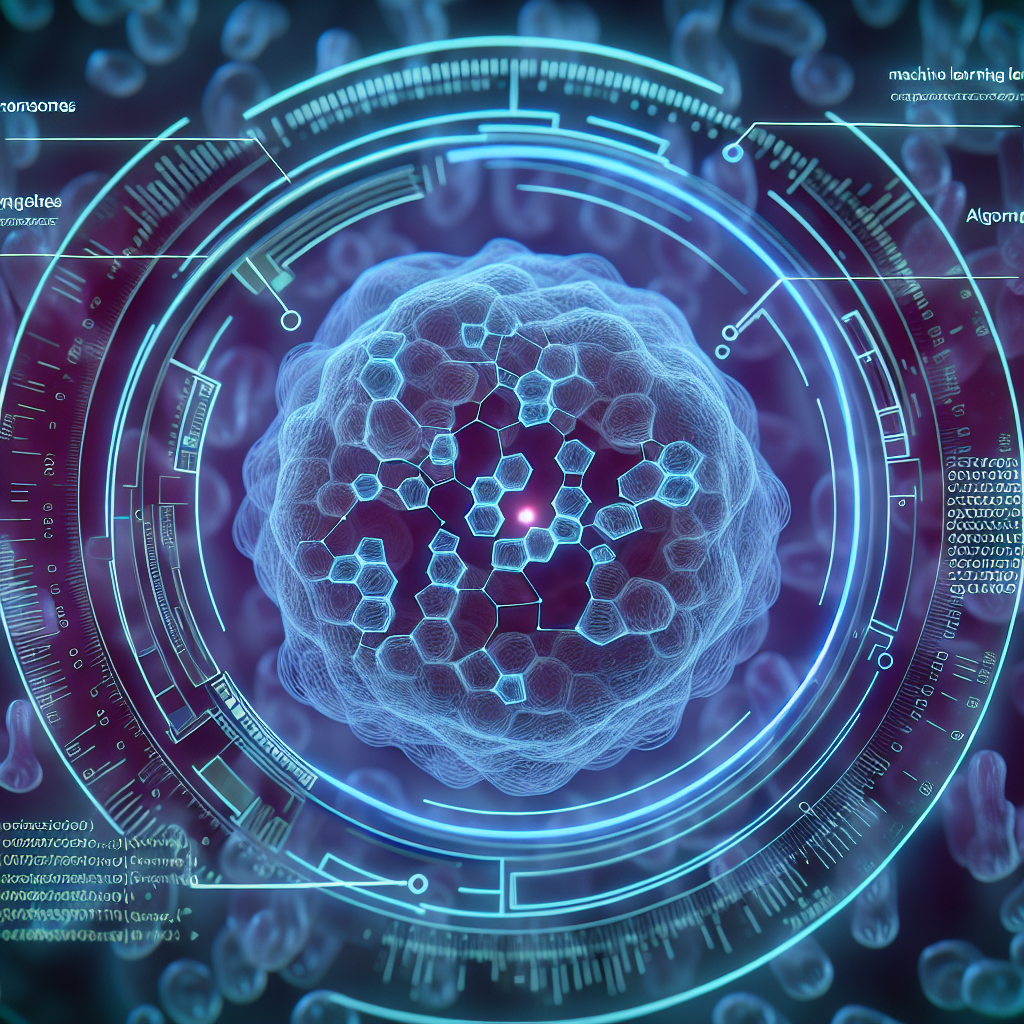The understanding of how the human genome is arranged within a single cell has advanced significantly thanks to research from Carnegie Mellon University’s School of Computer Science. Analyzing how DNA structure affects gene expression and disease processes requires an understanding of this information.
Jian Ma, the Ray and Stephanie Lane Professor of Computational Biology, along with former PhD students Kyle Xiong and Ruochi Zhang, present scGHOST, a machine learning technique that identifies subcompartments—a particular kind of 3D genome feature in the cell nucleus—and links them to patterns of gene expression. The paper was published in the journal Nature Methods.
Instead of being ordered linearly, chromosomes are folded into three-dimensional structures in human cells. Because 3D genome subcompartments show the spatial location of chromosomes within the nucleus, they are of special interest to researchers.
Ma stated that understanding the relationships between cellular structure and function in a range of biological situations is one of the ultimate objectives of single-cell biology. In this instance, they are investigating the relationship between gene expression and chromosome organization within the nucleus.
Although these structures can be studied at the single-cell level thanks to new technology, accurate comprehension can be hampered by poor data quality. To solve this issue, scGHOST enhances the data through graph-based machine learning, which makes it simpler to locate and recognize the spatial organization of chromosomes. Ma’s research group’s prior development of the Higashi technique is further developed upon by scGHOST.
With its capacity to precisely detect 3D genome subcompartments, scGHOST contributes to the expanding set of single-cell analytic instruments that researchers employ to map out the complex molecular architecture of complicated tissues, such brain tissue. Ma believes that scGHOST may provide fresh perspectives on how genes are regulated in both health and illness.








